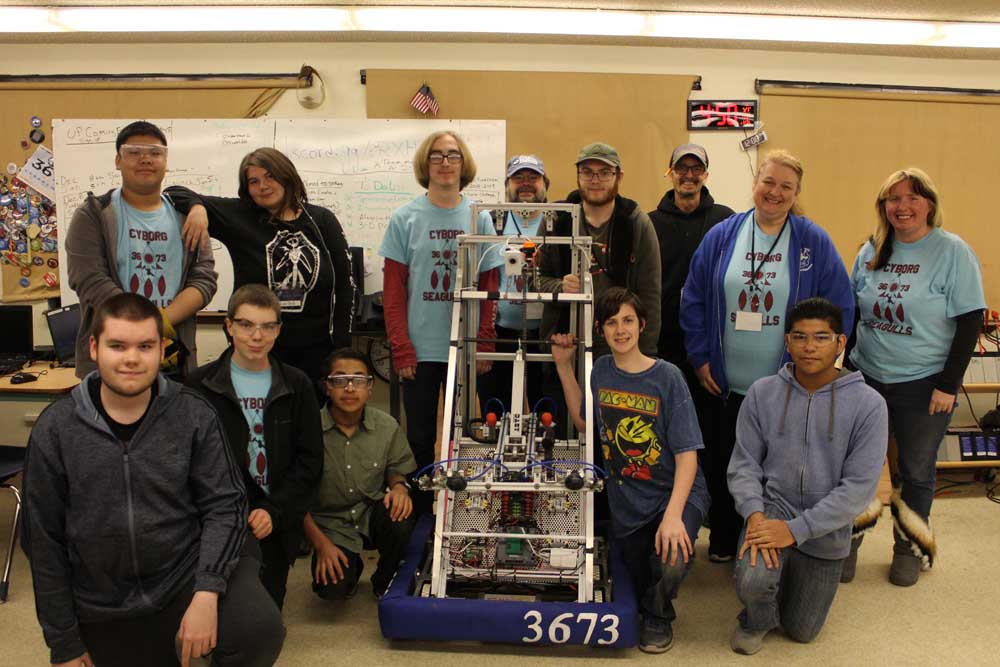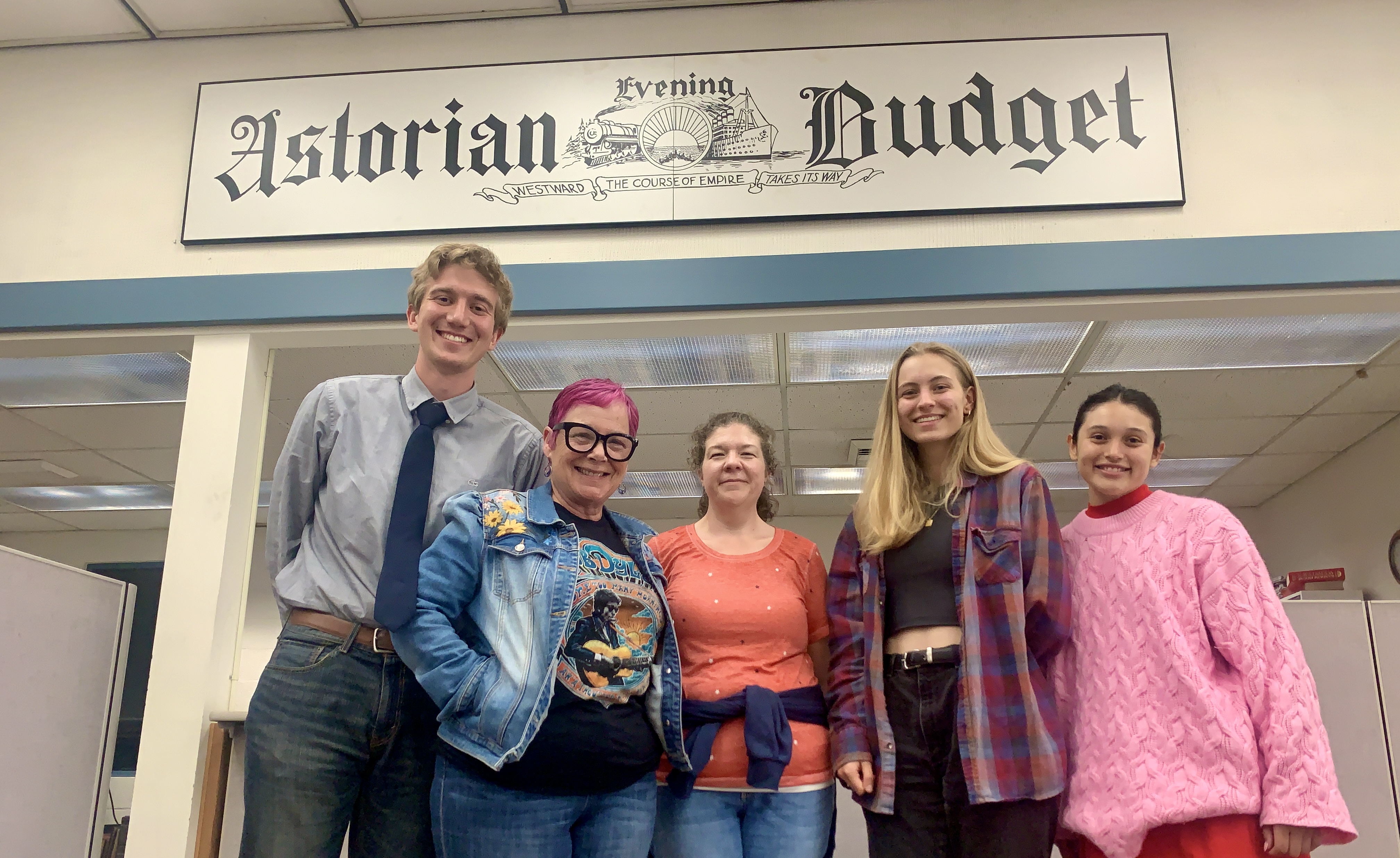The basics of robotics
Published 10:03 am Monday, December 3, 2018

- Katherine Lacaze/For the Seaside Signal Seaside High School's C.Y.B.O.R.G. Seagulls are preparing for the six-week build season, which starts in early January.
The official build season has not yet started for Seaside High School’s robotics team, but participating students are already busy with team-building and internal reconstruction, being comprised primarily of freshmen and a few returning seniors.
As a participant of the For Inspiration and Recognition of Science and Technology — known as “FIRST” — Robotics Competition, Seaside’s C.Y.B.O.R.G. Seagulls are at work during the entire school year preparing the spring, when the students annually attend two tournaments for the Pacific Northwest District.
The fall serves as the team’s “preseason,” when students learn the basics of building a robot, programming, and the business side of the activity, such as pricing parts and budgeting, said new head coach Toni Vandershule. Also a Seaside School District employee, Vandershule has been mentoring the robotics team since 2011.
On Jan. 5, the annual FIRST Robotics Game Reveal, the season’s competition game or task will be shared with students. Tasks in past seasons have included flinging Frisbees at targets, stacking boxes, and throwing basketballs. Once the game is revealed, students have six weeks to complete their robot, and they go from meeting once per week to six times per week, often for several hours at a time.
An Influx of Freshmen
Seaside’s team was formed in 2010 under Mike Brown, the original head coach. He retired in 2016, which also was the year the Seaside team took second place and third place at the two regional competitions. After Brown left, Doug Mitchell filled the coaching position for two years.
Last year, the C.Y.B.O.R.G. Seagulls team had dwindled to four members who represented Seaside at competition, and they had to work long hours to build the robot, compete, and carry the team forward. This year, three of those four members have returned to the team as seniors. Fortunately, they have been joined by a large group of incoming freshmen, and more students may become available to participate later in the school year as they finish other extracurricular activities.
“There are going to be so many kids to get ideas going,” said Tracy Flaigg-Fairless, who became the unofficial “team mom” when her son was participating three years ago and now is the assistant coach.
“I’m doing the same exact thing I did before, but I have a title now,” she joked.
During the preseason, the students get to know one another and the coaches are able to gauge which members are dedicated to the program and willing to put in hours. Although the program expends about $25,000 for parts, machinery, travel and other expenses, the team members can participate and even go to competition at no cost to themselves.
Using Real-World Skills
Although the program is student-driven and they have control over how they build the robot to accomplish the task each year, they rely on the support and guidance from a small group of dedicated mentors.
Jack Walker is going into his fifth year as a programming mentor for the team. Although he already had experience in a variety of programming languages, he took a course in Java, the computer software used by the team for programming, to better coach the students.
Serving a mentor, he said, he has the opportunity to help the students “move forward in their knowledge and understanding,” equipping them to work more and more independently over time. Several of the robotics students he has worked with have gone to study programming or computer science in college, he added.
In general, the students are able to “bring in all of their knowledge from school – the mathematics and science – and they get to practice it in almost a real-world situation,” Vandershule said, adding, “They can take those skills into the job market later.”









